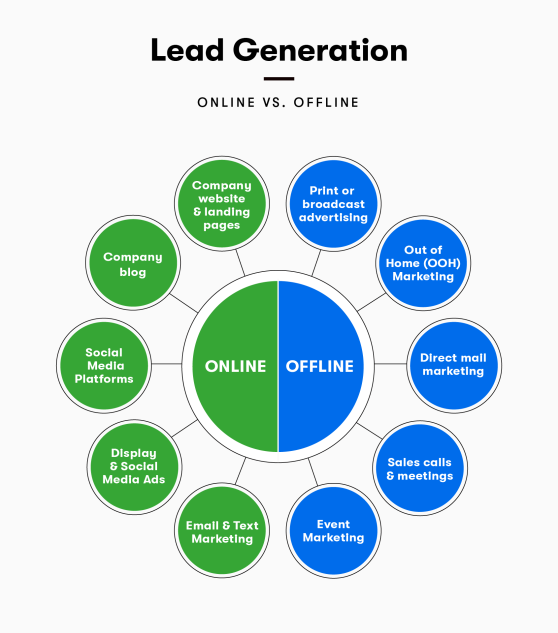"You’re out of business if you don’t have a prospect." — Zig Zigler
"Don’t judge each day by the harvest you reap but by the seeds you plant." — Robert Louis Stevenson
Above, you’ll see two very different quotes that apply to lead generation in a big way. One is a little glass-half-empty. The other lives a bit more on the bright side of life. But both are 100 percent correct. Every business needs new prospects in order to compensate for customer attrition and create some momentum when it comes to growth. Enter, leads.
Lead (noun) - a person who is interested in the product or service that you sell
Ex: “We have a lot of new leads this month, so we need to concentrate on converting them.”
In one way or another, the process of generating leads is always the beginning of your customer journey with your company, whether they came to you by way of a cold call, a referral, or a lead magnet you created.
14-day free trial. No credit card required.

